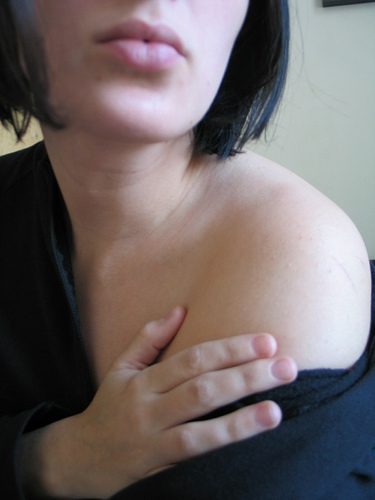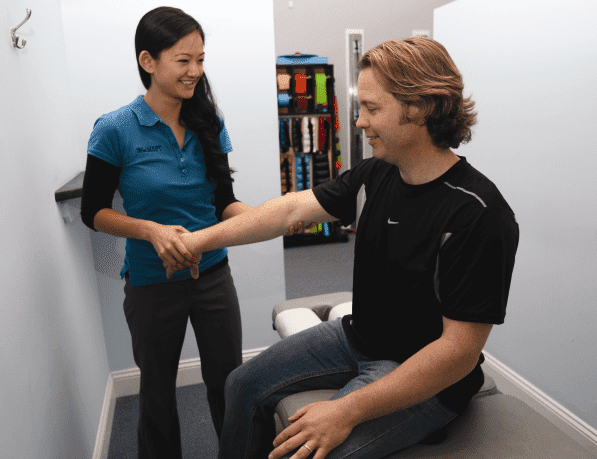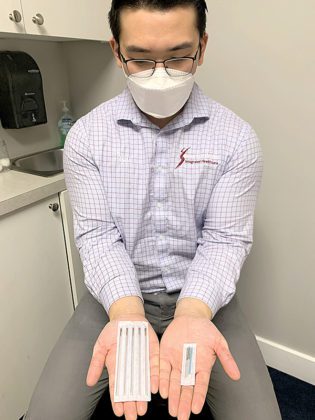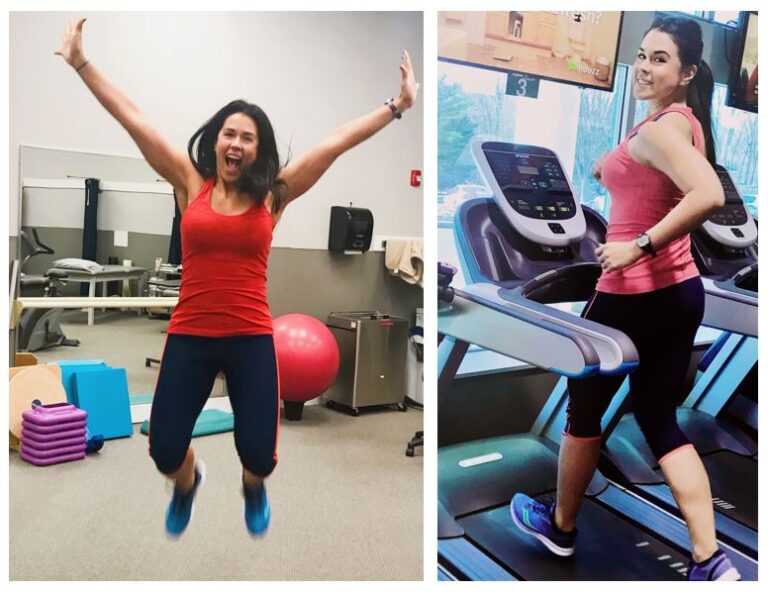By Helene Mitchel, Physical Therapy Assistant
Frozen shoulder, also known as adhesive capsulitis, is stiffness, pain and limited range of movement in the shoulder. Over time, the shoulder capsule thickens and becomes tight. Bands of tissue called adhesions, develop and the shoulder becomes painful and very hard to move.
Although its cause is unknown, frozen shoulder occurs in approximately 2% of the general population often following a shoulder injury or surgery. Most often it occurs in people ages 40-70 and in women more than men. There is an increased risk for frozen shoulder in people with diabetes due to excess glucose sticking to cells and potentially damaging connective tissue of the shoulder. When left untreated, frozen shoulder passes through three distinct phases.
Freezing Phase – This is the reactive phase; as the pain worsens, the shoulder loses range of motions. Freezing typically lasts from 6 weeks to 9 months.
Frozen Phase – Painful symptoms may improve but the stiffness remains. Daily activities become very difficult. This phase lasts approximately 4-6 months.
Thawing Phase – Shoulder motion slowly improves and pain lessens. Complete return to normal or close to normal can take up to 2 years.
How is frozen shoulder diagnosed?
Your doctor may suspect frozen shoulder if a physical exam reveals limited shoulder movement. X-rays of bones and joints (arthrogram) may be taken to rule out arthritis or fracture.
Treatment: The focus of treatment is to control pain and restore motion and strength with physical therapy.
- Non-surgical Treatment includes taking non-steroidal anti-inflammatory medication to reduce pain and swelling.
- Steroid Injections such as Cortisone injected directly into the shoulder joint to reduce swelling.
- Physical Therapy which includes moist heat/cold therapies, gentle, progressive stretching and range of motion exercises under the supervision of a physical therapist to restore shoulder motion.
Range of Motion and Stretching Exercises:
- External Rotation – Doorway Stretch – Stand in a doorway and bend the elbow of your affected arm to 90 degrees to hold the door frame. Keep your hand in place and rotate your body away from the door to produce an outward rotation at the shoulder. Hold 30 seconds, relax and repeat.
- Passive Forward Flexion – Lie on your back with legs straight. Use your unaffected arm to lift your affected arm overhead until you feel a gentle stretch. Hold 15 seconds and slowly lower to starting position. Relax and repeat.
- Horizontal Crossover Arm Stretch – Lie on your back or in standing, hold the elbow of your affected arm with your opposite hand. Gently stretch the elbow across your chest toward the opposite shoulder. Hold 30 seconds, relax and repeat.
If pain and decreased mobility do not improve with physical therapy or anti-inflammatory medicines, your doctor may discuss shoulder manipulation under anesthesia or surgery to release the stiffened shoulder joint capsule. It is important to seek medical attention early on when symptoms first begin to avoid developing a frozen shoulder, or to treat it in its early stage to prevent surgery.
Photo Credit: Flickr/Lux Alptraum




